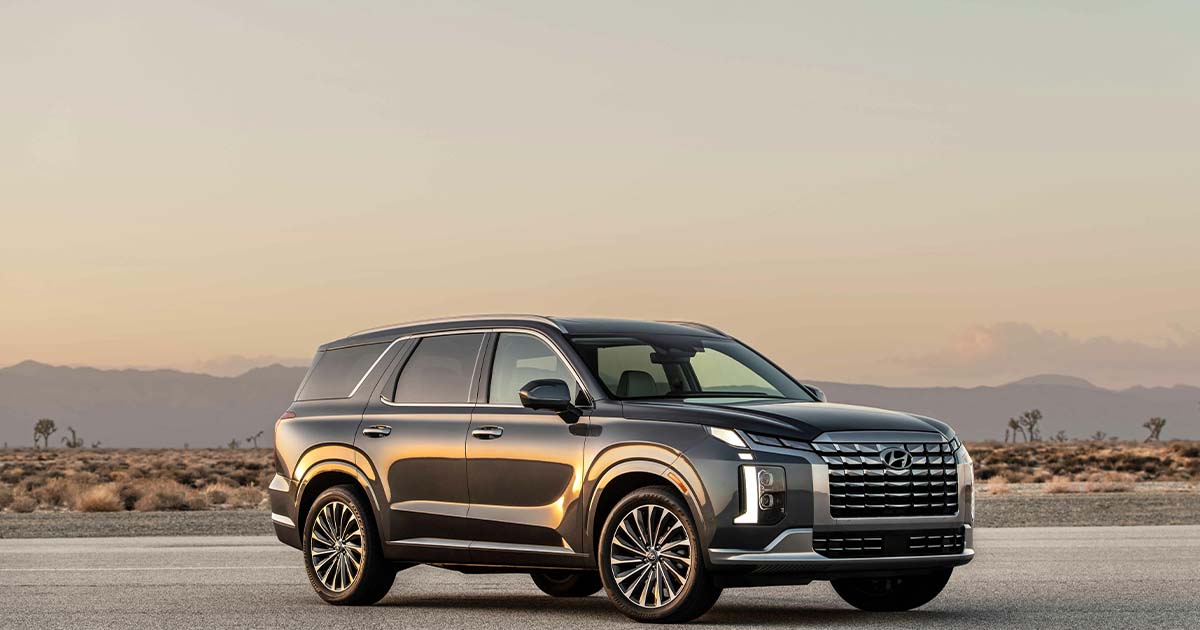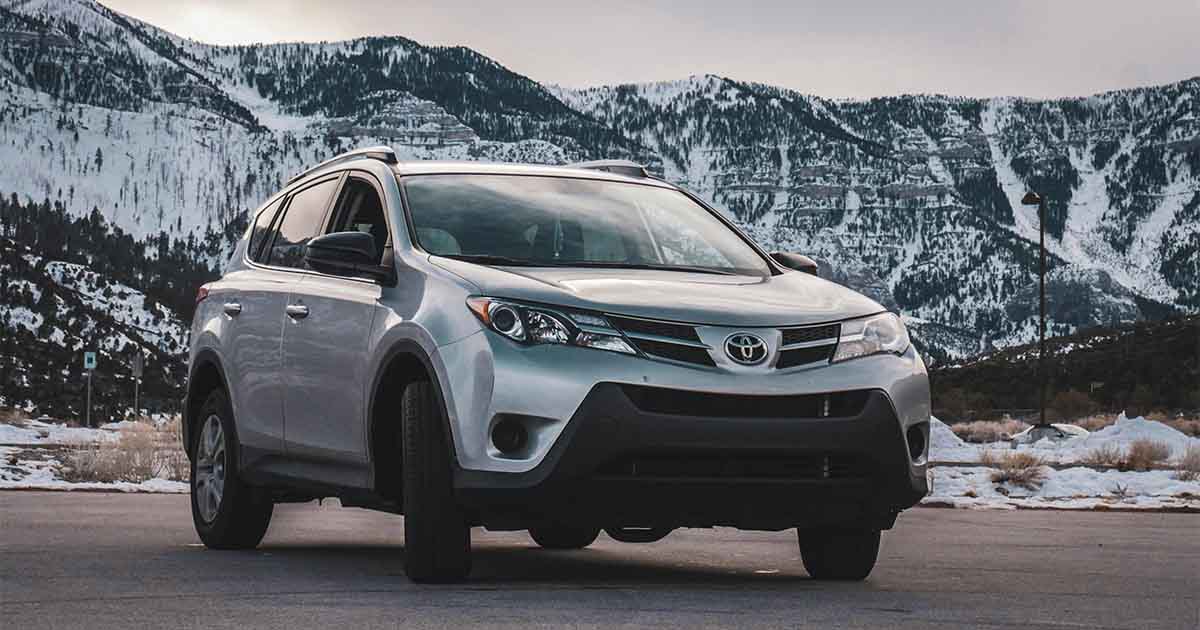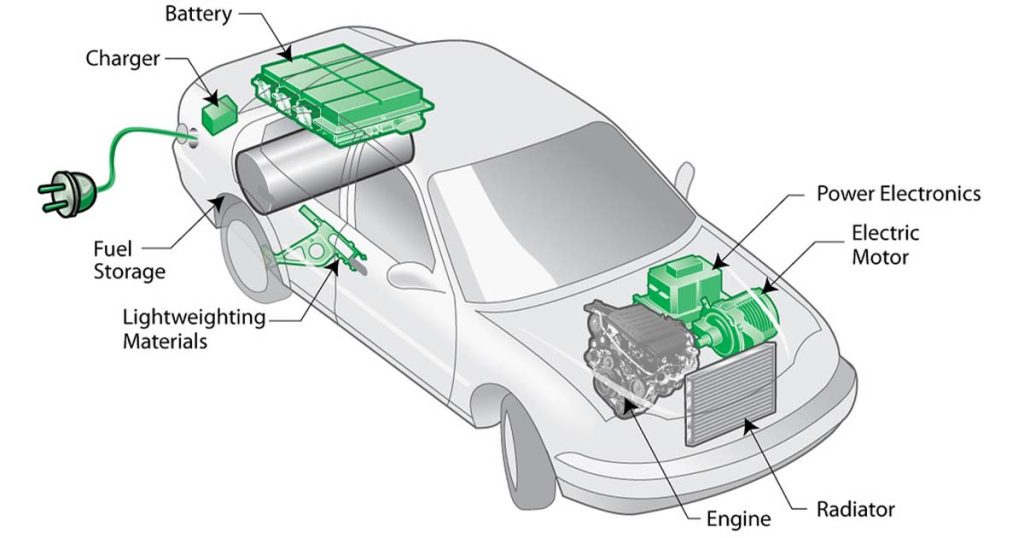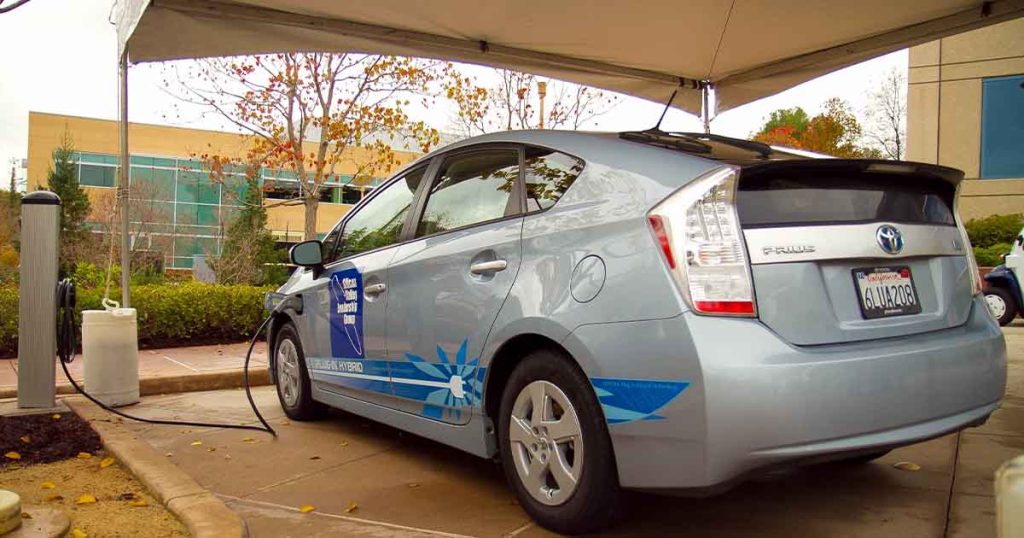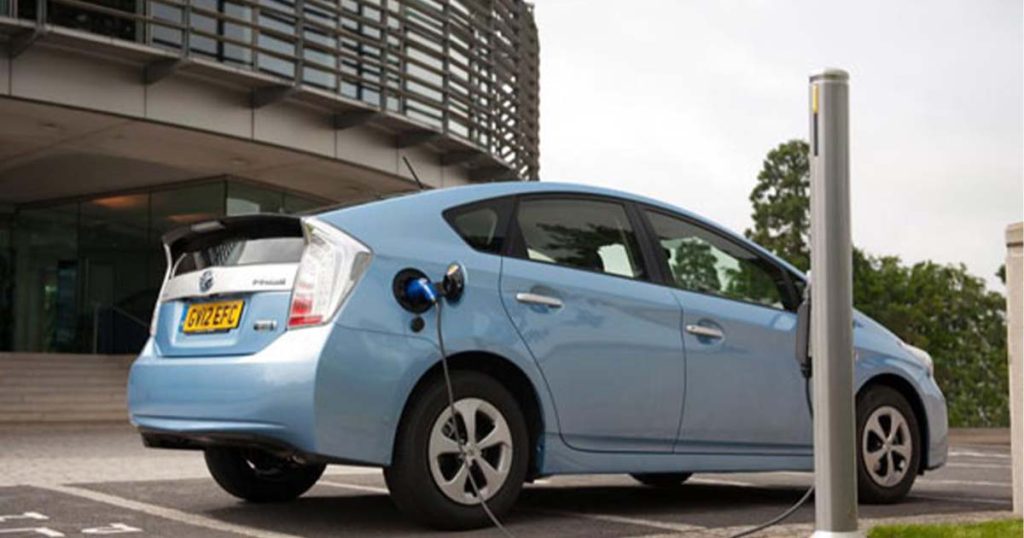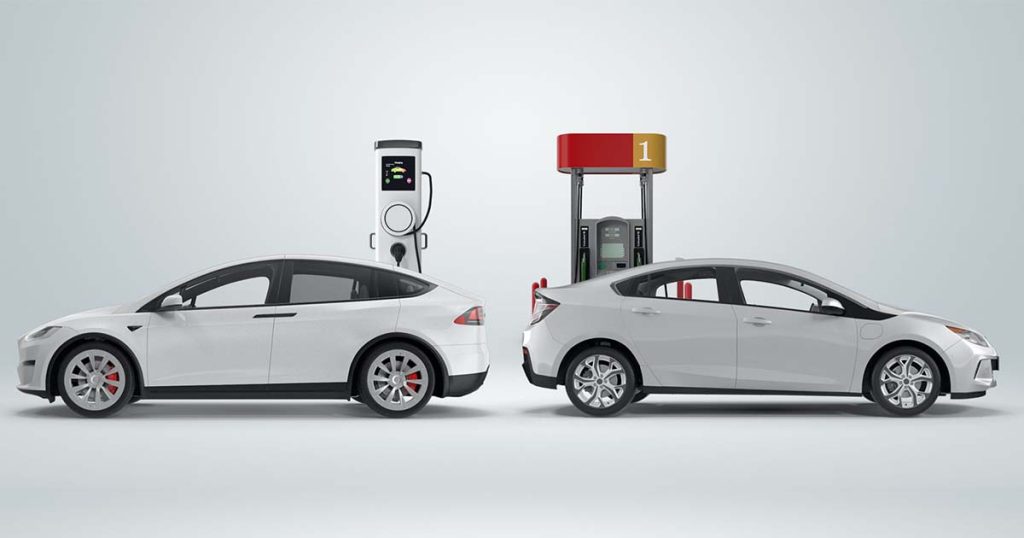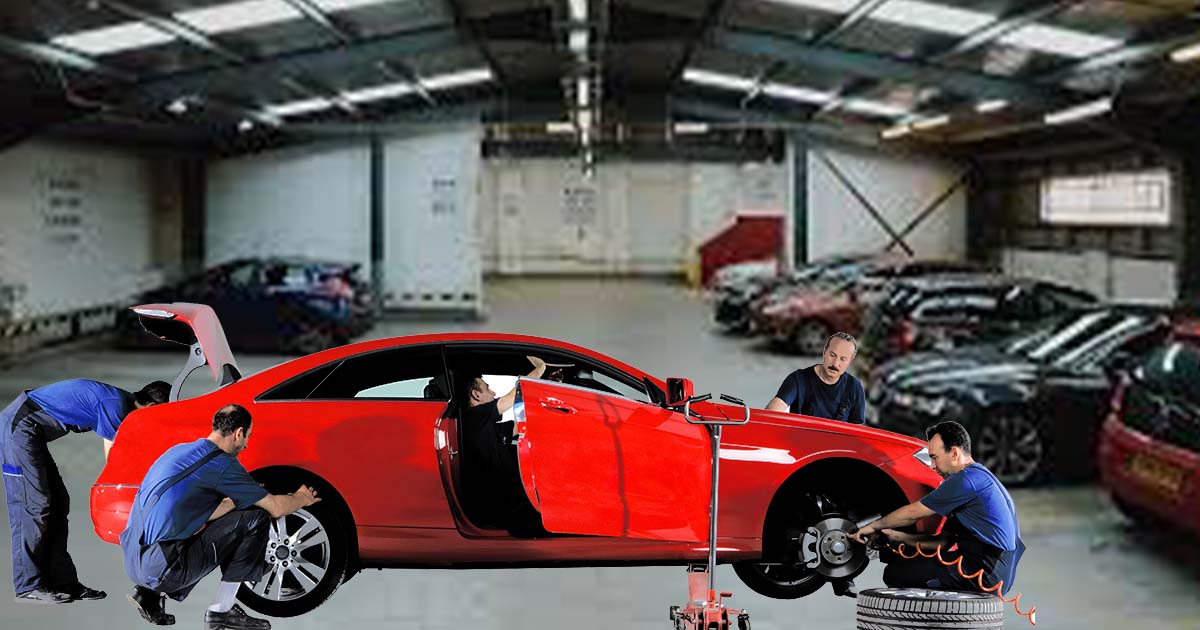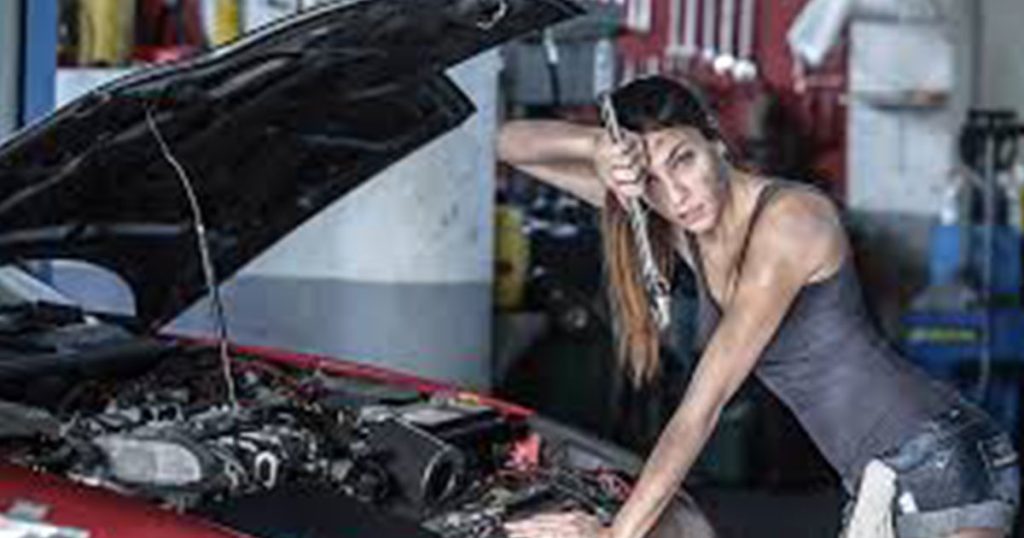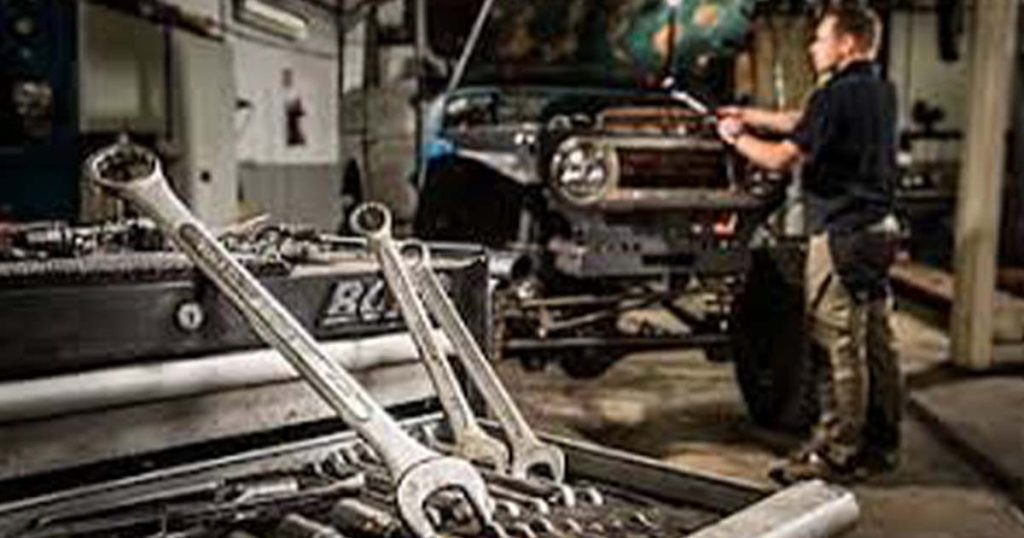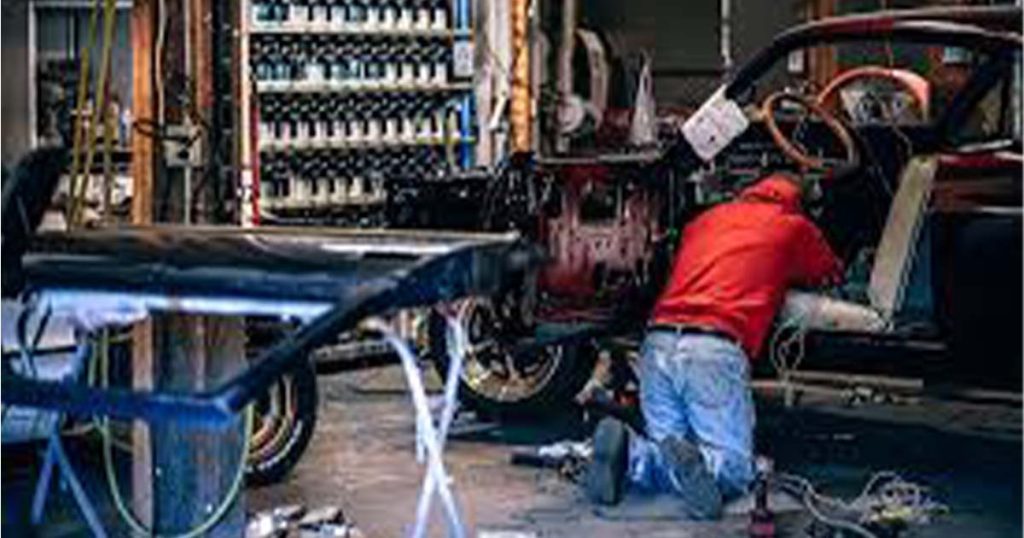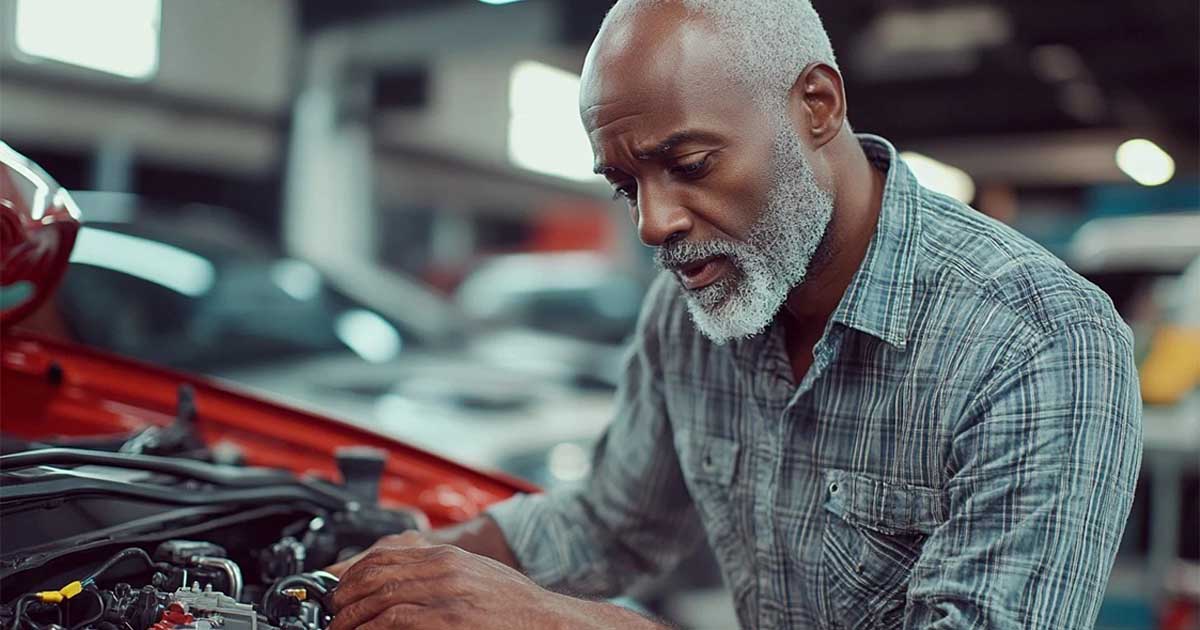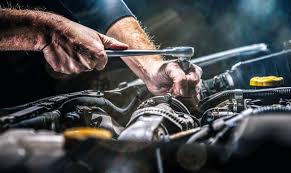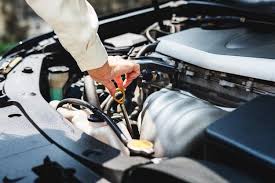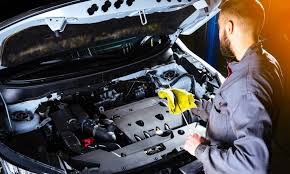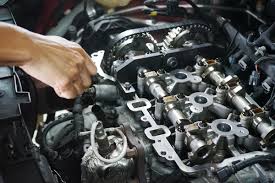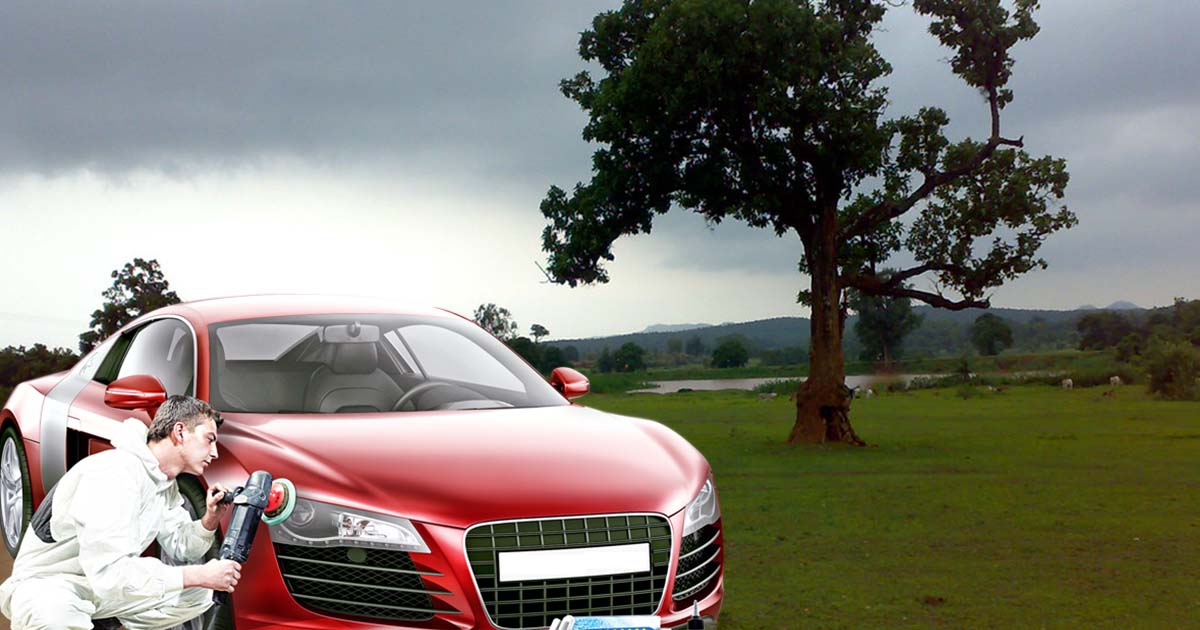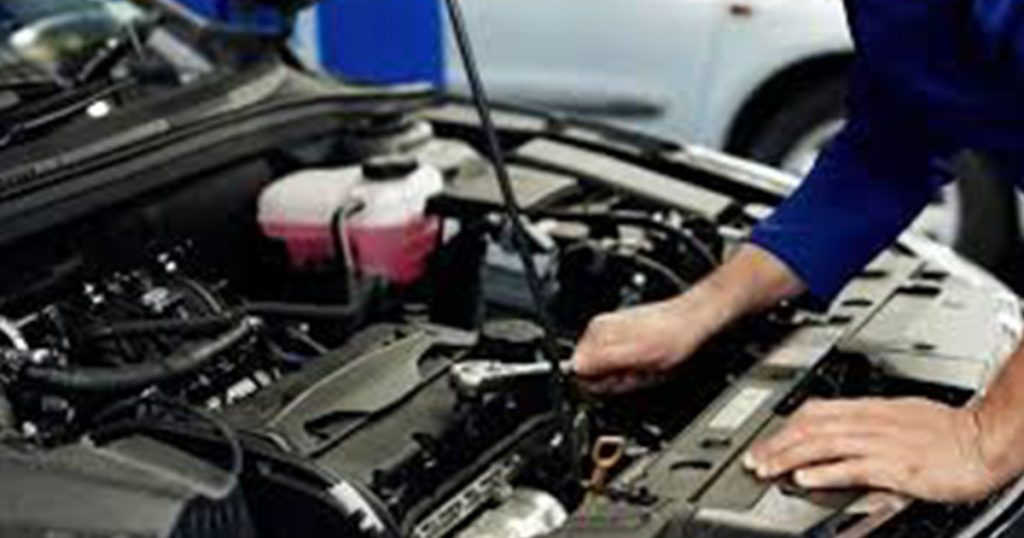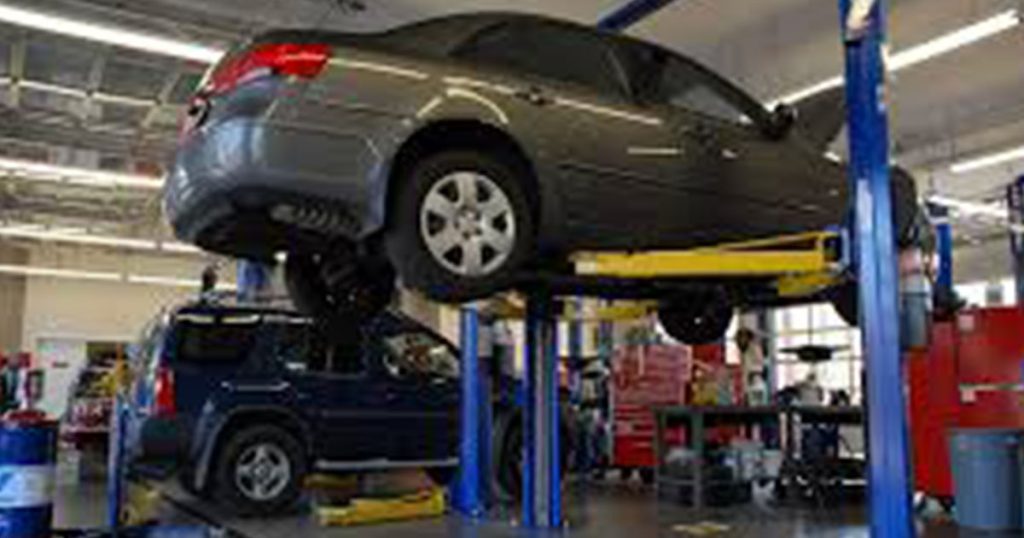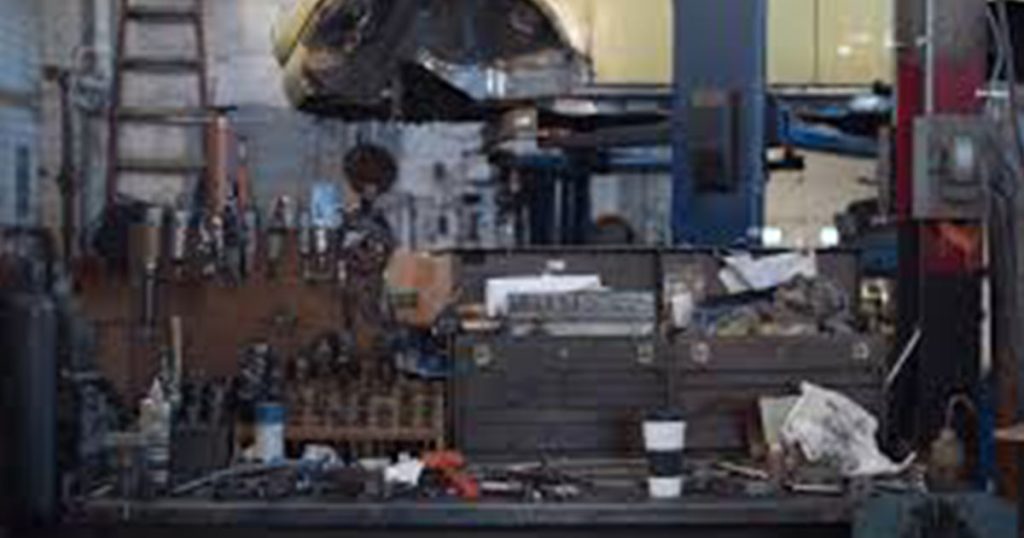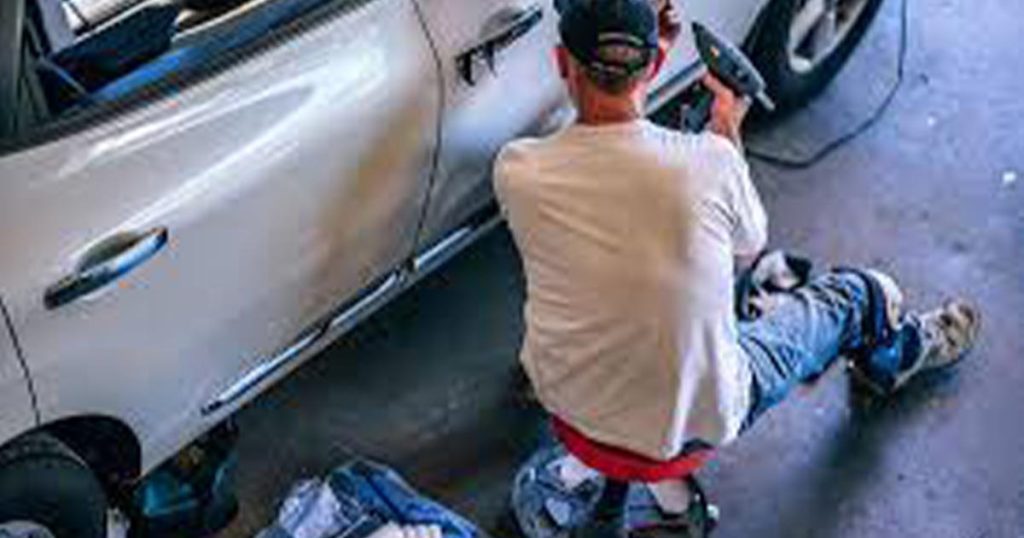Are Hyundai Reliable for Daily Better Driving : In today’s fast-moving world, automobile dependability has progressed from a preference into an essential part of daily life.
For contemporary chauffeurs managing packed schedules, crowded commutes, school runs, and last-minute errands, the confidence that includes a reliable automobile is indispensable. In 2025, reliability exceeds the expectation that an automobile will begin each early morning.
It encompasses consistency in efficiency, comfort throughout every drive, efficiency that saves time and resources, and the long-term trust between the motorist and the brand.
With technological advancements raising the bar, drivers expect their vehicles will be incorporated flawlessly into their busy lives, providing mechanical dependability, easy-to-use systems, increased security features, and minimal upkeep concerns.
A reliable car supports a smooth, undisturbed everyday regimen, decreasing stress and allowing motorists to concentrate on what matters most. As brand commitment becomes progressively connected to real-world performance rather than marketing warranties, makers must increase to satisfy these demands.
In this vibrant landscape, auto reliability in 2025 is the cornerstone of a practical driving experience where consistency, comfort, and trust are absolute but not high-end requirements.
Why Reliability Matters More Than Ever in 2025
As technology continues to reshape transportation, drivers in 2025 are more dependent than ever on advanced systems that should work perfectly day after day. Functions like adaptive cruise control, advanced driver assistance systems, and onboard diagnostics have become essential to the driving experience.
A minor glitch can trigger significant disturbances, impacting safety, schedules, and comfort. Beyond mechanical dependability, the meaning of dependability now reaches constant performance in locations like fuel efficiency, battery range, and easy-to-use tech user interfaces.
In a period where sustainability is a growing top priority, motorists anticipate their lorries to deliver environment friendly performance without compromising benefits or convenience.
Reliability today suggests a smooth combination of development and endurance an automobile that begins reliably and supports a smarter, greener, and more linked lifestyle.
The Rise of Hyundai in the Global Auto Market
Although seen mainly as an economical alternative, Hyundai has invested in the past 20 years, changing into a formidable force in the worldwide automobile industry.
Hyundai has gradually improved its brand image through bold design developments, generous warranties, and strategic investments in electric vehicle (EV) innovations. Quality, when an enigma, has become a defining characteristic of the business’s offerings.
By 2025, Hyundai will no longer simply participate in the market it will help to lead it. With a line up that blends cutting edge innovation, excellent dependability, and forward-thinking sustainability efforts, Hyundai appeals to a broad spectrum of drivers worldwide.
Read More: Car financing & insurance
Understanding Daily Better Driving

What Does Daily Better Driving Really Mean
Daily much better driving” is more than merely moving from point A to point B it’s about making every journey smoother, much safer, and more enjoyable. It indicates having comfort each time you start the engine, knowing your car will carry out without surprises.
Minimal maintenance disruptions, user-friendly innovation, and a gratifying driving experience are all part of the formula. An automobile that delivers much better daily driving doesn’t just fit into your way of life it actively boosts it. It matches your needs, improves your self-confidence behind the wheel, and operates reliably without requiring continuous attention.
Key Factors That Define a Reliable Daily Driver
A reliable daily chauffeur combines several critical qualities to meet the needs of modern-day life. Fuel efficiency ensures that running costs remain manageable, while low upkeep requirements decrease downtime and unexpected expenditures.
Long lasting toughness means the car will remain dependable year after year, regardless of mileage or wear. Advanced security features, from adaptive cruise control to accident avoidance systems, use necessary security for drivers and passengers alike. Through thoughtful design, smooth handling, and easy-to-use technology, comfort turns everyday trips into more enjoyable experiences.
Many considerably, a reliable everyday chauffeur adapts to modifying roadway conditions, driving designs, and life’s unforeseen turns without endangering efficiency. It inspires self-esteem, delivering constant operation when handling heavy traffic, rough weather conditions, or long highway stretches. In 2025, better driving daily involves trusting your vehicle to be your continuous buddy every mile.
Hyundai’s Reliability Reputation in 2025
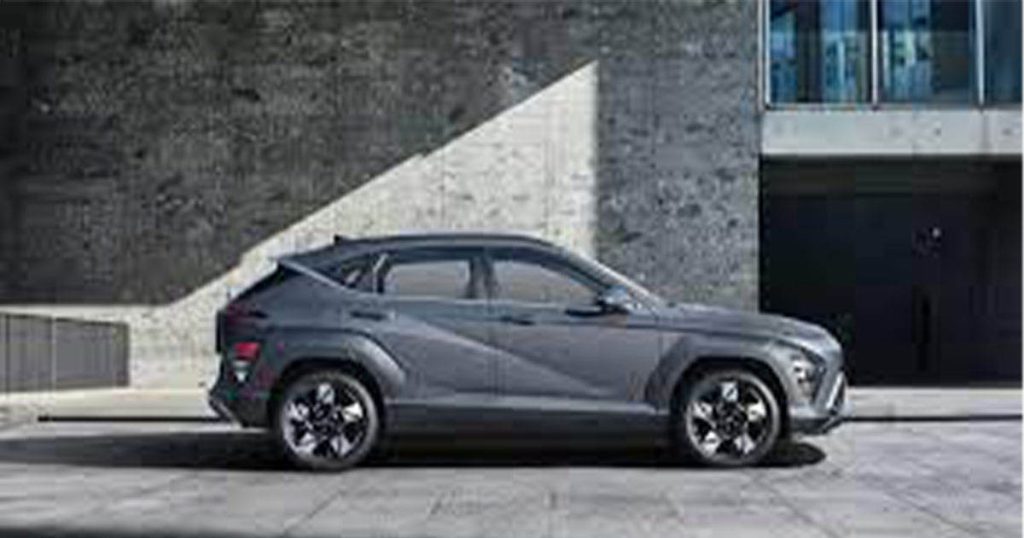
Hyundai’s Track Record: Progress Over the Years
From its early days producing modest compact vehicles, Hyundai has undergone an impressive change, sustained by an undeviating commitment to quality enhancement. As soon as understood mainly for cost, the brand has gradually progressed, earning acknowledgment for durability, worth retention, and technological development.
Over the previous years, Hyundai’s concentrate on continuous refinement, financial investment in sophisticated manufacturing, and the development of internal engineering abilities have substantially raised its dependability standards.
Strategic partnerships and a positive technique to style and technology have further strengthened Hyundai’s credibility as a significant, high quality contender in the international automobile market.
How Hyundai Ranks in the Latest Reliability Reports
In the newest dependability rankings, Hyundai consistently ranks in the upper tier among traditional automobile producers. Hyundai’s success is not limited to one or two standout designs; rather, dependability is consistent throughout its entire lineup, from sedans to SUVs.
Performance and Engine Durability
Do Hyundai Engines Stand the Test of Time
Modern Hyundai engines are designed for toughness and long-term performance. Hyundai’s emphasis on reliability has resulted in fewer systemic failures and improvements in cooling effectiveness, internal part strength, and total thermal management.
Transmission, Suspension and Powertrain: Built to Last
Hyundai’s commitment to lasting quality extends beyond engines to its overall powertrain systems. In-house established transmissions from basic automatics to advanced dual clutch setups have shown durability for daily driving and extended mileage.
Suspension aspects are tuned for convenience and strength, rapidly soaking up the wear and tear from city holes and rougher roadway conditions. This balance of trip quality and strength guarantees a regularly fabricated driving experience.
In basic terms, Hyundai’s drivetrain architecture reveals exceptional coherence, allowing the engine, transmission, and suspension systems to run periodically. The outcome is a truck line up established for today’s roads and the various years and miles.
Fuel Efficiency and Economy in Daily Use
Are Hyundai Models Fuel-Efficient Enough for Daily Driving
Hyundai continues to set high standards for balancing performance with fuel efficiency, making its cars ideal for everyday driving. By 2025, most Hyundai designs will include enhanced fuel economy thanks to lightweight products, aerodynamic designs, and carefully tuned engine calibrations. These developments indicate fewer journeys to the pump and lower overall functional expenses key factors for chauffeurs seeking to conserve time and money.
Whether browsing busy city streets or dealing with long commutes, Hyundai cars regularly provide the sort of efficiency modern-day drivers demand without compromising responsive efficiency.
Hybrid and EV Options from Hyundai That Boost Daily Comfort
Hyundai’s push into electrification is shown in standout designs like the Ioniq 6 and Tucson Hybrid. In 2025, Hyundai’s hybrid and electrical offerings show that environment-friendly driving can be simple, easy, and pleasurable without compromising the reliability motorists expect for everyday life.
Maintenance and Ownership Costs
How Affordable Is It to Maintain a Hyundai
Hyundai has a strong reputation for using trucks with low and foreseeable upkeep expenses. Hyundai ownership has been established to be wallet-friendly thanks to lasting engineering, long oil change periods, and robust part quality.
Routine maintenance is uncomplicated, requiring standard services like fluid checks, tire rotations, and basic evaluations to keep lorries running efficiently. Furthermore, Hyundai’s easy-to-use onboard diagnostics simplify troubleshooting and reduce repair time and unnecessary expenditures. Hyundai is smart for drivers searching for reputable efficiency without substantial maintenance costs.
Parts Availability and Service Network in 2025
In 2025, Hyundai’s worldwide presence ensures that replacement parts are readily available throughout an extensive network of authorized dealerships and independent services, whether routine upkeep or unanticipated repair work, Hyundai’s effective parts distribution and prevalent service network make it simple to keep lorries on the road.
Tech Features That Enhance Daily Driving
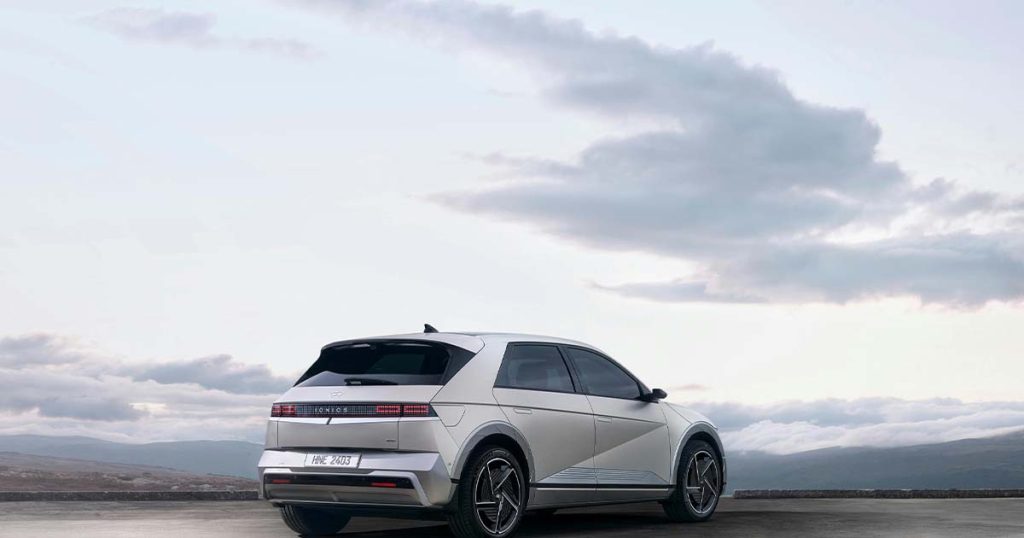
Smart Tech and Driver Assist Features in Hyundai Cars
Hyundai’s 2025 lineup is loaded with ingenious Smart Sense innovations created to make everyday driving more comfortable, safe, secure, and less complicated. Hyundai’s technique of incorporating smart tech makes daily jobs like combining or preserving speed simple and easy, permitting drivers to focus on the roadway with confidence.
Are Hyundai’s Infotainment Systems Reliable Over Time
Hyundai’s infotainment systems have made a track record for their user-friendly interfaces and smooth performance. The brand name has been purchased, guaranteeing its systems stay trustworthy with time.
With functions like over the air updates, Hyundai Autos can quickly discover bugs and introduce new improvements, keeping the system existing and improving functionality. This dedication to constant optimization suggests that Hyundai owners can prepare for a problem free, reputable infotainment experience for many years.
Unlike numerous competitors, Hyundai’s systems hardly ever experience crashes or freezes, showcasing the trademark name’s commitment to providing premier innovation that motorists can count on for home entertainment and advantages.
Interior Comfort and Ergonomics
Is Hyundai Built for Comfort During Long Commutes
Hyundai autos are crafted with comfort in mind, making long commutes more satisfying and less taxing on drivers. Hyundai’s commitment to using impressive items, even in budget-friendly designs, recommends that drivers can thrill in a refined environment without breaking the bank.
Cabin Noise, Seat Quality, and Driver Experience
Sound insulation in Hyundai designs has improved significantly over the years, with many automobiles now measuring up to premium brands concerning cabin tranquility. Hyundai strikes an impressive balance between functionality and a high-end touch, providing a driving experience that caters to daily commute demands while raising convenience and benefits.
Safety and Peace of Mind
Crash Test Ratings and Safety Features Across Hyundai Models
Hyundai has earned a strong credibility for safety, consistently accomplishing leading marks in worldwide crash test rankings. The brand name’s cars are engineered with advanced security in mind, integrating features like sophisticated airbag systems, stiff chassis styles, and high-strength steel frames.
These aspects combine to develop a robust safety profile across Hyundai’s whole line up, guaranteeing defence for chauffeurs and guests in various crash situations. Whether a compact sedan or a larger SUV, Hyundai vehicles are constructed to conduct good security tests, offering peace of mind on the roadway.
How Hyundai’s Safety Tech Supports Daily Reliability
Security innovations in Hyundai designs prevent incidents that contribute directly to the automobile’s overall reliability. Functions like motorist attention care, which watches for signs of tiredness or diversion, and 360 degree video electronic cameras, which help with parking and obstacle detection, work to prevent occurrences before they take place.
These proactive systems improve everyday security and ensure the truck remains damage-free, reducing the danger of pricey repair or downtime. By combining safety tech with the vehicles’ and trucks’ core functions, Hyundai develops a driving experience that incorporates security and lasting reliability, using motorists’ self-confidence in their daily journeys.
Model-Specific Reliability Breakdown
Hyundai Elantra: A Compact Daily Workhorse
The Hyundai Elantra provides active handling, outstanding fuel efficiency, and tested engine sturdiness, making it a leading option for city driving. With its compact size and low-maintenance design, the Elantra delivers a worry free everyday commute, mixing practicality, convenience, and reliability into a wise, inexpensive package.
Hyundai Sonata: Midsize Comfort Meets Consistency
The Hyundai Sonata supplies an enticing preparation for drivers needing more space without endangering efficiency. This midsize sedan utilizes fine-tuned powertrains, smooth handling, and exceptional security rankings, making it chosen for everyday commutes and longer journeys.
With a fully equipped interior and instinctive development, the Sonata mixes dependability, worth, and advantage, enhancing its reliability as one of the most relied-on midsize trucks in the market.
Hyundai Tucson and Santa Fe: Reliable Daily SUVs
Hyundai’s SUV lineup, led by Tucson and Santa Fe, has been developed to fulfill the requirements of modern-day households and active individuals. Both models boast resistant drivetrains, big interiors, and a smooth trip, effectively handling city traffic and rural errands. Their evaluated reliability and robust security functions make them best buddies for motorists who need versatility and long-term reliability.
Hyundai Kona and Ioniq: Urban Driving Champions
Forward-thinking and compact, the Hyundai Kona and Ionis deal with the eco-conscious and tech savvy chauffeur. Providing hybrid, electric, and gas alternatives, these models offer nimble efficiency, cutting edge tech, and outstanding daily functionality.
Their practical designs and ingenious drivetrains make them best for city life, integrating sustainability with Hyundai’s trademark dependability. The Hyundai Elantra is a top option for drivers seeking a compact, stress free vehicle for everyday traveling.
The Hyundai Sonata delivers a compelling bundle for motorists needing more area without sacrificing effectiveness. Compact and forward-thinking, the Hyundai Kona and Ionis cater to the eco-conscious and tech savvy motorist.
User Reviews and Real-World Feedback
What Hyundai Owners Say About Their Daily Experience
Hyundai owners regularly highlight the brand name’s low maintenance requirements, intuitive innovation, and dependability. Many motorists report surpassing 100,000 miles with minimal mechanical issues, enhancing Hyundai’s reputation for real-world dependability.
Comfortable cabins, efficient fuel use, and user-friendly user interfaces prevail points of appreciation, making Hyundai vehicles a trusted choice for day-to-day driving and long-term ownership.
Common Complaints and How Hyundai Addresses Them
While Hyundai takes pleasure in strong owner commitment, some typical complaints have emerged over the years. Infotainment system problems and periodic transmission quirks have been noted, particularly in earlier design years.
Hyundai has shown a proactive approach by rolling out over-the-air software updates, releasing service publications, and offering extended warranties where required. This responsiveness shows Hyundai’s dedication to constant improvement and complete consumer satisfaction, helping preserve the brand’s strong standing in a competitive automotive market.
Warranty and Support in 2025
Does Hyundai’s Industry-Leading Warranty Still Hold Up
Hyundai’s 10-year/100,000 mile powertrain service warranty continues to full fill the automobile industry’s requirements. Even in 2025, it stays amongst the most prolonged and substantial service warranties offered, giving owners assurance and enhancing Hyundai’s self-esteem in the durability of its lorries. This prolonged coverage is a significant element in the brand’s strong reputation for reliability and customer trust.
How Hyundai Supports Drivers Long After Purchase
Hyundai’s dedication to its customers does not end at the point of sale. Chauffeurs gain from complimentary roadside help programs, instinctive mobile apps that offer real-time diagnostics and upkeep suggestions, and highly responsive customer service. These post purchase support initiatives ensure that Hyundai owners feel valued and looked after throughout their ownership journey, strengthening long-lasting brand dedication.
Comparing Hyundai to the Competition
Is Hyundai More Reliable Than Toyota, Honda, and Kia
With long-time Japanese leaders like Toyota and Honda, Hyundai has made substantial strides in closing the dependency gap. Compared to Kia, its sibling company under the Hyundai Motor Group, Hyundai edges slightly ahead, especially in long-lasting dependability information and total owner satisfaction.
How Hyundai Stacks Up in Long-Term Daily Driving
Over a five-to-seven-year ownership duration, Hyundai models consistently keep high levels of reliability. Component wear is manageable and foreseeable, decreasing unforeseen repairs and keeping upkeep costs affordable.
Hyundai’s attention to toughness, combined with strong service warranty support, allows motorists to enjoy daily dependability without the concern of premature breakdowns– positioning the brand name amongst the best for long-term worth and trust.
Potential Drawbacks to Consider

Known Issues in Older Hyundai Models
Hyundai responded proactively with recalls, extended service guarantees, and updated engine styles to handle these concerns. Thanks to these corrective actions and continuous engineering improvements, such issues have become uncommon in current designs, reinforcing Hyundai’s commitment to quality and client fulfilment.
Is Hyundai’s Reliability Consistent Across the Lineup
Reliability remains a strength across Hyundai’s 2025 lineup. While some entry-level trims may lack the premium feel and advanced functions of higher-end designs, the core mechanical dependability is constant throughout. Hyundai ensures that even its most budget-friendly cars take advantage of the same engineering requirements and toughness focus, providing reliable daily driving no matter the budget plan.
Expert Opinions and Automotive Insights
What the Experts Are Saying About Hyundai’s 2025 Lineup
Automotive journalists consistently praise Hyundai’s 2025 lineup for balancing dependability, worth, and development. Specialists highlight Hyundai’s bold style language, advanced innovation, and competitive prices as crucial strengths.
Evaluations note that Hyundai delivers cars that feel more premium than their rate tags suggest while keeping a strong track record for sturdiness and everyday usability. The 2025 designs continue solidifying Hyundai’s leadership position among traditional brands.
Independent Mechanic Views on Hyundai’s Long-Term Reliability
They report that modern-day Hyundai cars reveal few recurring mechanical issues and value that parts are accessible and systems are realistically crafted. Overall, Hyundai is seen as a brand that offers strong long-term dependability with minimal complications for owners.
Conclusion
Is Hyundai a Smart Choice for Reliable Daily Driving
For motorists seeking a budget friendly, comfortable, and reliable automobile, Hyundai provides on all fronts. In 2025, its credibility for reliability isn’t simply aspirational it’s backed by consistent real-world efficiency, strong security ratings, and impressive customer satisfaction. Hyundai offers an everyday driving experience that effortlessly mixes efficiency, resilience, and modern-day conveniences.
Final Verdict: Should You Choose Hyundai in 2025
Hyundai has become a brand that is associated with dependable, better everyday driving. With advanced innovation, long-lasting engineering, and industry leading service warranty coverage, Hyundai isn’t just a clever choice it’s a confident one for drivers who value assurance every day.
<script type="application/ld+json">
{
"@context": "https://schema.org",
"@type": "BlogPosting",
"mainEntityOfPage": {
"@type": "WebPage",
"@id": "https://cardsinspired.com/hyundai-reliable-for-daily-better-driving/"
},
"headline": "Are Hyundai Reliable for Daily Better Driving – 2025",
"image": [
"https://cardsinspired.com/wp-content/uploads/2025/05/Hyundai-Reliable-for-Daily-Better-Driving-5.jpg",
"https://cardsinspired.com/wp-content/uploads/2025/05/Hyundai-Reliable-for-Daily-Better-Driving-2-1024x538.jpg",
"https://cardsinspired.com/wp-content/uploads/2025/05/Hyundai-Reliable-for-Daily-Better-Driving-1-1024x538.jpg",
"https://cardsinspired.com/wp-content/uploads/2025/05/Hyundai-Reliable-for-Daily-Better-Driving-3-1024x538.jpg",
"https://cardsinspired.com/wp-content/uploads/2025/05/Hyundai-Reliable-for-Daily-Better-Driving-4-768x403.jpg"
],
"author": {
"@type": "Person",
"name": "cardsinspired.com",
"url": "https://cardsinspired.com/"
},
"publisher": {
"@type": "Organization",
"name": "cardsinspired.com",
"logo": {
"@type": "ImageObject",
"url": ""
}
},
"datePublished": ""
}
</script>